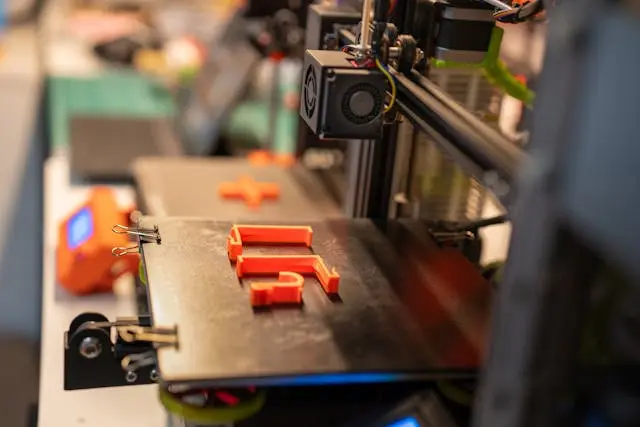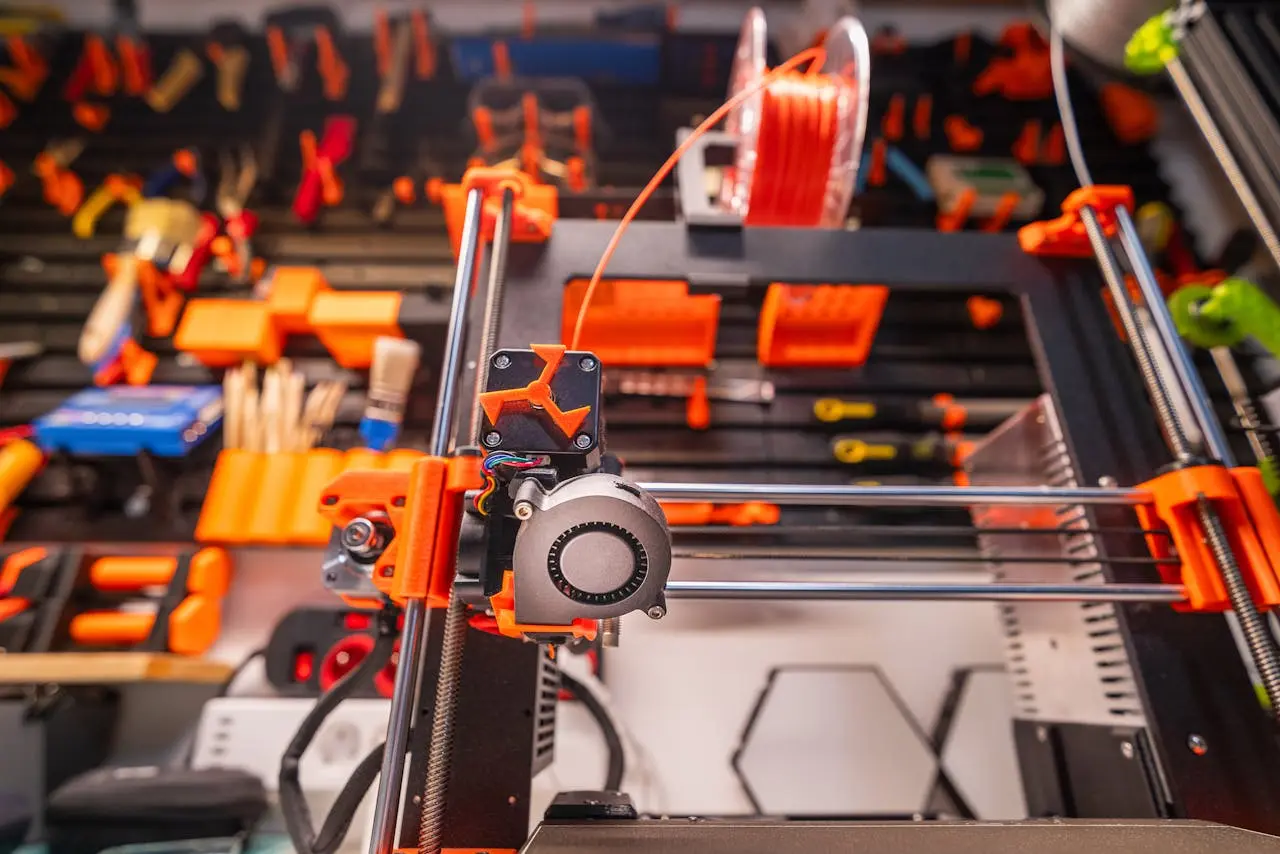How to Print TPU Without Jams or Wasted Filament

Flexible filaments like TPU are awesome for making phone cases, gaskets, wheels, and grippy parts — but they’re also notorious for being hard to print. If you’ve ever had a jam mid-spool or spaghetti all over your bed, you’re not alone.
Here’s how to print TPU without the headaches.
Keep It Slow and Steady
TPU is soft, which means it can buckle and bind if you push it too fast.
Start with these settings:
- Print speed: 20–30mm/s
- Retraction: Short and slow (2mm @ 20mm/s max)
- Layer height: 0.2mm
- Nozzle temp: 220–240°C, depending on brand
- Bed temp: 40–60°C
Direct Drive is Best
If you’re using a Bowden tube setup (like a stock Ender 3), TPU is going to fight you.
Why? Because soft filament doesn’t like being pushed through a long, flexible path.
Solution:
- Upgrade to a direct drive extruder, or
- Install a TPU-friendly guide to prevent flex and tangles
Tune Your Extruder Settings
Flexible filament needs a tight path. That means:
- Clean your extruder gear regularly
- No gaps between the drive gear and the hotend
- Use a low-tension feeder if your extruder allows it
Also, check for filament grinding — if you see dust, back off on tension or slow things down.
First Layer Tips
Getting TPU to stick without warping is easier than most think.
Try this:
- Print on a PEI or glass bed
- Use a brim for small parts
- Lightly wipe the bed with isopropyl alcohol before starting
- Avoid fans on the first few layers
Once it grabs, TPU stays stuck — but if your bed’s too cold or dirty, it’ll curl at the edges fast.
Keep It Dry
TPU is extremely hygroscopic — it’ll absorb moisture from the air in just a few hours, leading to bubbling, stringing, and rough surfaces.
Keep it sealed in a dry box or container with desiccant when not in use.
If it’s been sitting out, toss it in a dehydrator or 150°F oven for 4–6 hours.
Start Simple
Want to build confidence? Start with:
- Cable strain reliefs
- Vibration dampers
- Non-load-bearing gaskets
- Simple rubber feet or bumpers
Once your settings are dialed in, move up to things like phone grips, toys, or even RC tires.
Need help tuning your TPU setup?
We’ve helped customers go from mess to masterpiece in a single session. Book a consult and we’ll walk you through it.


.jpg)